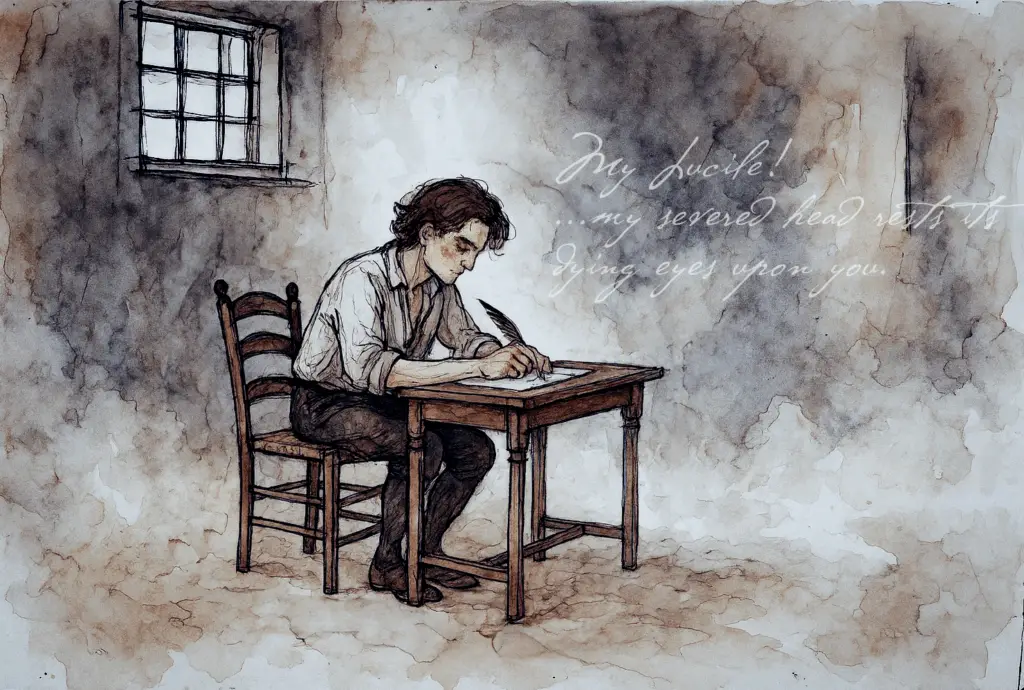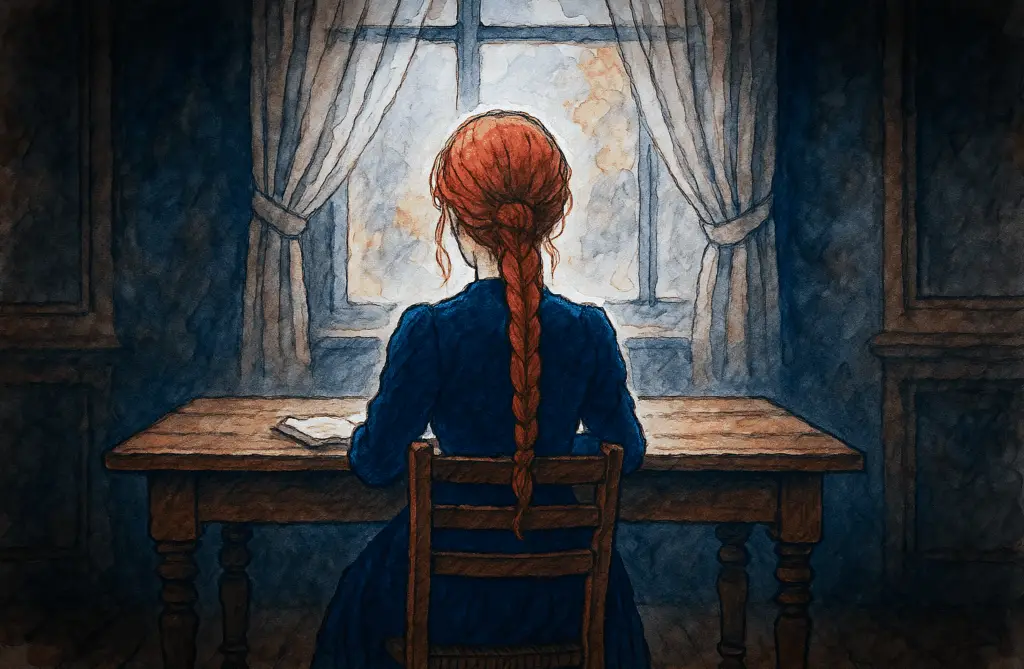The linguistic makeup of Revolutionary France

I feel that one of the most overlooked aspects of studying the French Revolution is that, in 18th-century France, most people did not speak French. Yes, you read that correctly. On 26 Prairial, Year II (14 June 1794), Abbé Henri Grégoire (1) stood before the Convention and delivered a report called The Report on the […]
The Last Letter of Camille Desmoulins

April 5th, 1794: Camille Desmoulins went to the Place de la Révolution to die.
There was no journal left to write, no crowd to stir, no chance to rewrite the last page. He had already said too much.
The Revolution had eaten through its own flesh, and Camille, once its poet, was now just another name on the list.
He left behind one final letter. Not quite a manifesto. Just a man, waiting to die, writing to his wife.
Memories of the Marquise of La Rochejaquelein – Chapter 1

In late 18th century France, a young noblewoman and her husband, the Marquis de Lescure, found themselves caught in the whirlwind of revolution. Born into privilege at Versailles, our narrator witnessed firsthand the collapse of the old order as she navigated the changing political landscape. From royalist coalitions to the tense streets of Paris, the couple faced difficult choices between loyalty to the crown and the sweeping tide of change. As they lived a secluded life in the capital, they observed increasing unrest, including the tumultuous events of June 20th and the shocking murder of a priest in their neighborhood. Their story offers a unique perspective on the final days of the French monarchy, capturing the fear, uncertainty, and misplaced hope of a world turned upside down.
